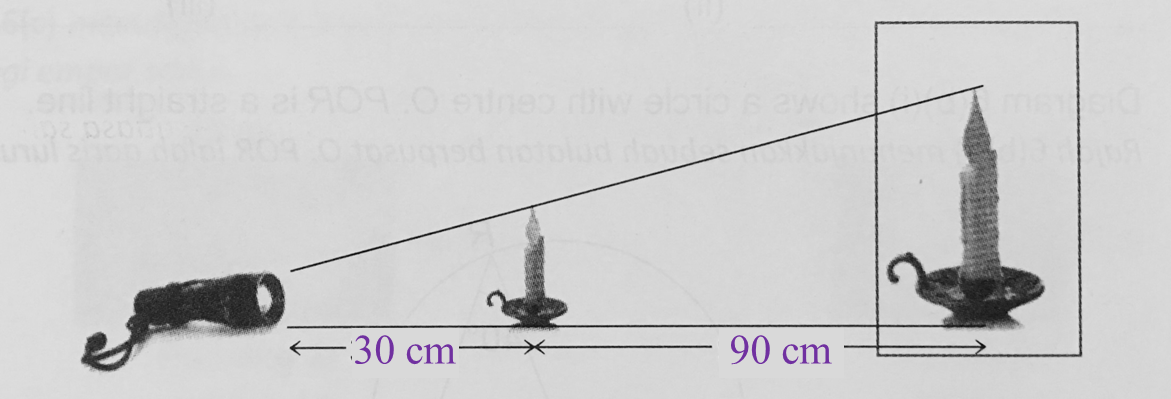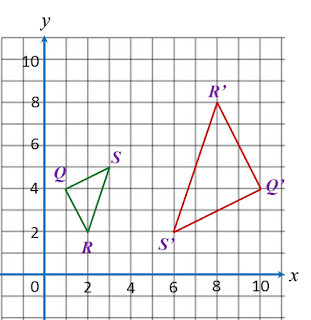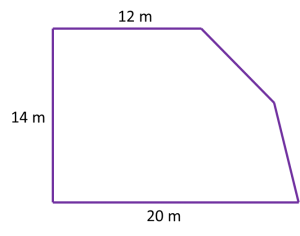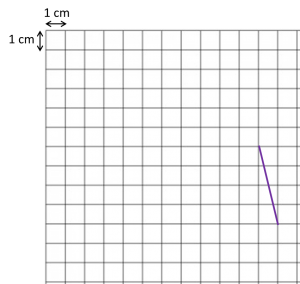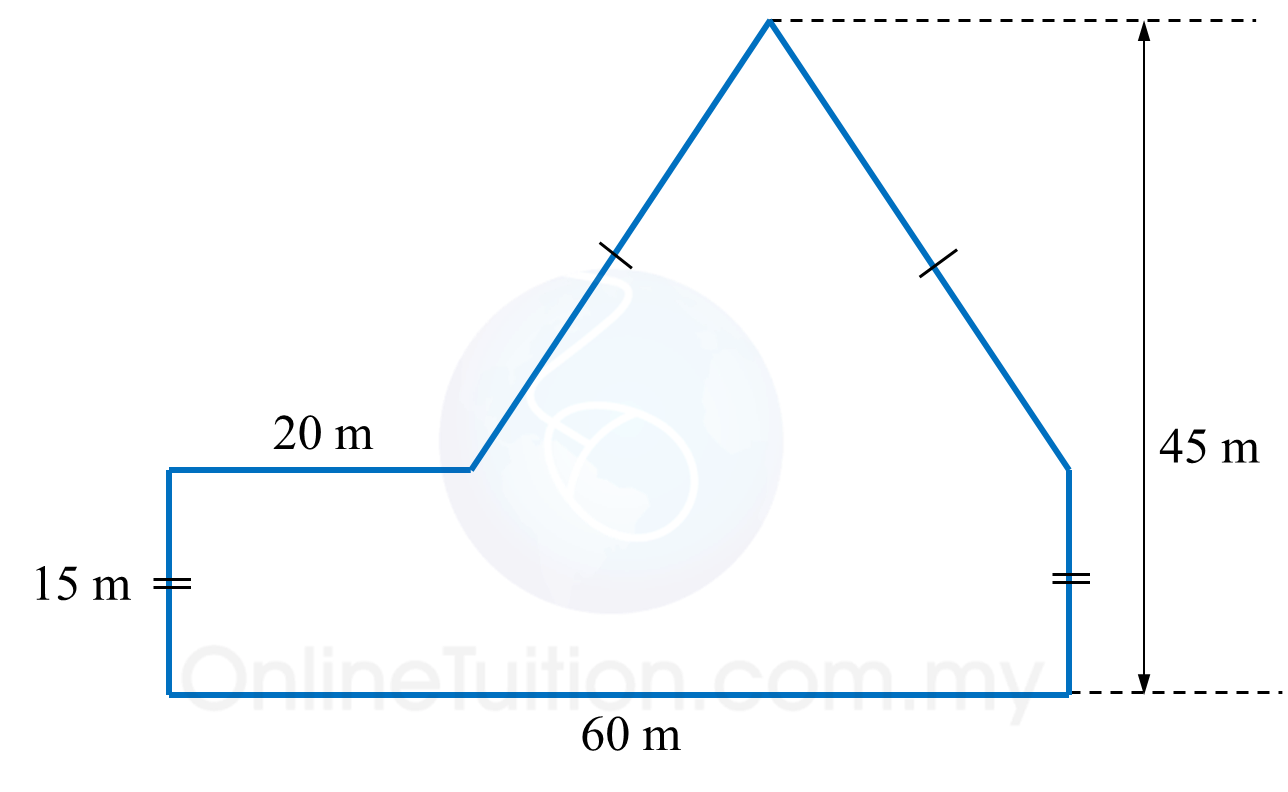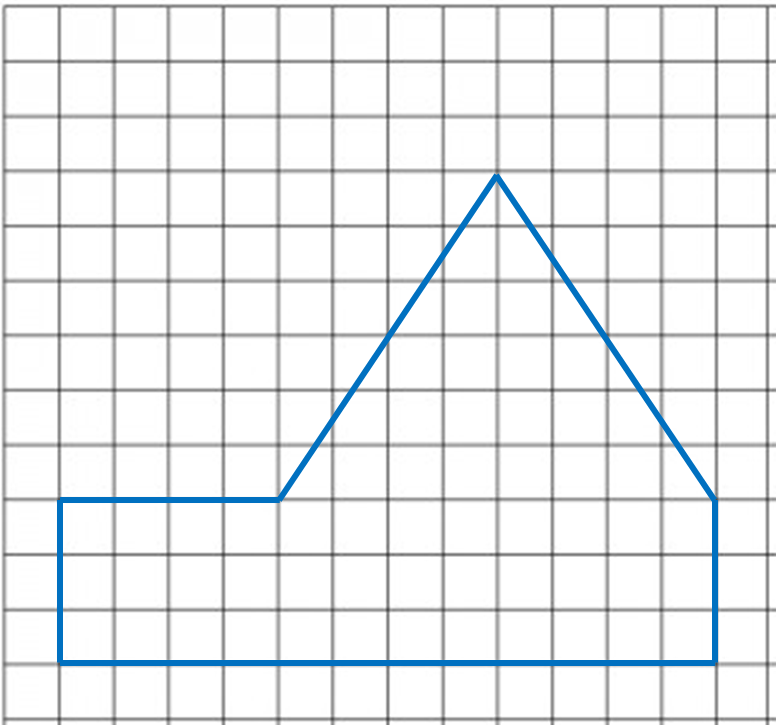Question 6:
List all the integer values of x which satisfy the following linear inequalities:
–2 < 3x + 1 ≤ 10
Solution:
–2 < 3x + 1
–3 < 3x
x > –1
x = 0, 1, 2, 3, …
3x + 1 ≤ 10
3x ≤ 9
x ≤ 3
x = 3, 2, 1, 0, …
Therefore x = 0, 1, 2, 3
List all the integer values of x which satisfy the following linear inequalities:
–2 < 3x + 1 ≤ 10
Solution:
–2 < 3x + 1
–3 < 3x
x > –1
x = 0, 1, 2, 3, …
3x + 1 ≤ 10
3x ≤ 9
x ≤ 3
x = 3, 2, 1, 0, …
Therefore x = 0, 1, 2, 3
Question 7:
List all the integer values of x which satisfy the following linear inequalities:
–5 < 2x – 3 ≤ 1
Solution:
–5 < 2x – 3
–5 + 3 < 2x
2x > –2
x > –1
x = 0, 1, 2, 3, …
2x – 3 ≤ 1
2x ≤ 4
x ≤ 2
x = 2, 1, 0, –1, …
Therefore x = 0, 1, 2
List all the integer values of x which satisfy the following linear inequalities:
–5 < 2x – 3 ≤ 1
Solution:
–5 < 2x – 3
–5 + 3 < 2x
2x > –2
x > –1
x = 0, 1, 2, 3, …
2x – 3 ≤ 1
2x ≤ 4
x ≤ 2
x = 2, 1, 0, –1, …
Therefore x = 0, 1, 2
Question 8:
Given that 3<√x−2<4 and x is an integer. List all the possible values of x.
Solution:
3<√x−2<432<x−2<429<x−2x>11 or x−2<16x<1811<x<18x=12, 13, 14, 15, 16, 17
Given that 3<√x−2<4 and x is an integer. List all the possible values of x.
Solution:
3<√x−2<432<x−2<429<x−2x>11 or x−2<16x<1811<x<18x=12, 13, 14, 15, 16, 17
Question 9:
Find the biggest and the smallest integer of x that satisfy
3x + 2 ≥ –4 and 4 – x > 0.
Solution:
3x + 2 ≥ –4
3x ≥ –4 – 2
3x ≥ –6
x ≥ –2
4 – x > 0
–x > –4
x < 4
Smallest integer of x is –2, and the biggest integer of x is 3.
Find the biggest and the smallest integer of x that satisfy
3x + 2 ≥ –4 and 4 – x > 0.
Solution:
3x + 2 ≥ –4
3x ≥ –4 – 2
3x ≥ –6
x ≥ –2
4 – x > 0
–x > –4
x < 4
Smallest integer of x is –2, and the biggest integer of x is 3.
Question 10:
If x≤h≤y satisfy the two inequalities 7−h2≤5 and 3(h+2)≤20+h, find the values of x and y.
Solution:
7−h2≤5−h2≤5−7−h≤−4h≥43(h+2)≤20+h3h+6≤20+h2h≤14h≤74≤h≤7∴x=4,y=7
If x≤h≤y satisfy the two inequalities 7−h2≤5 and 3(h+2)≤20+h, find the values of x and y.
Solution:
7−h2≤5−h2≤5−7−h≤−4h≥43(h+2)≤20+h3h+6≤20+h2h≤14h≤74≤h≤7∴x=4,y=7


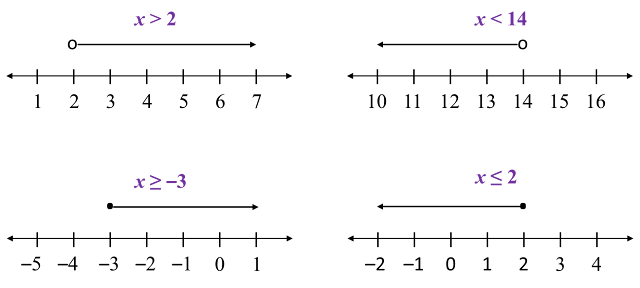

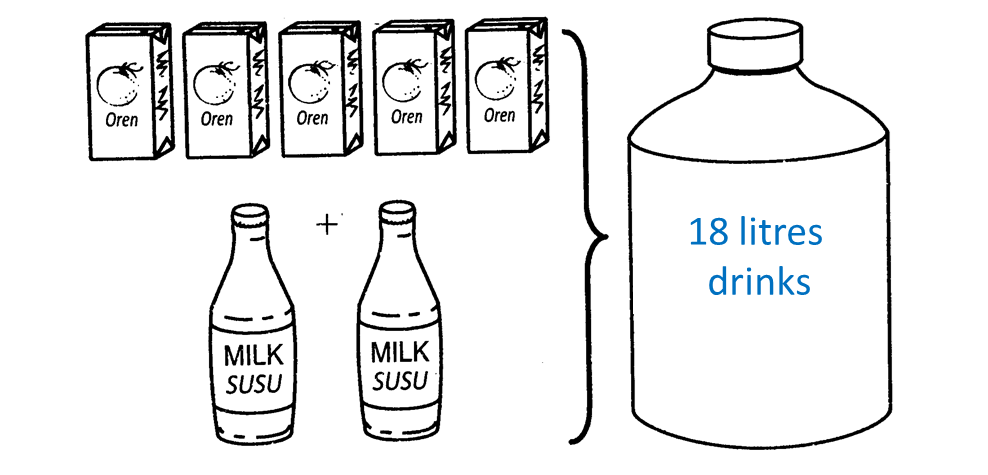

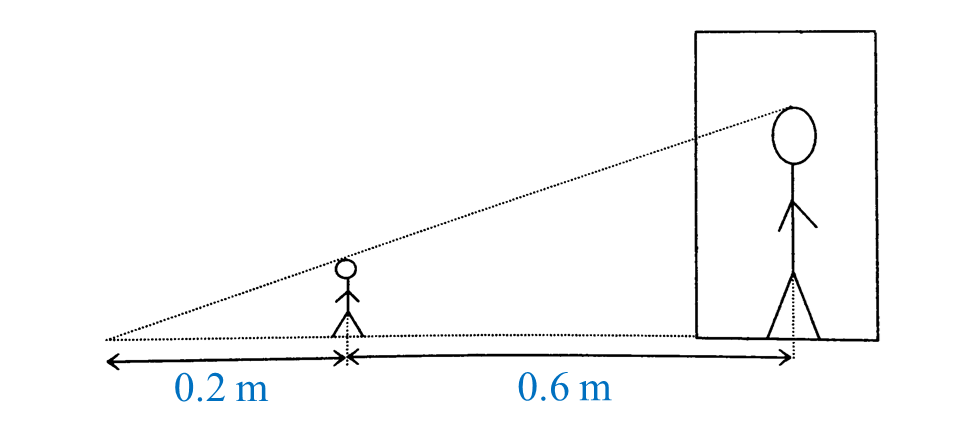 What is the height, in cm, of the puppet used by Tok Dalang?
What is the height, in cm, of the puppet used by Tok Dalang? (a) State the scale factor of the enlargement.
(a) State the scale factor of the enlargement.